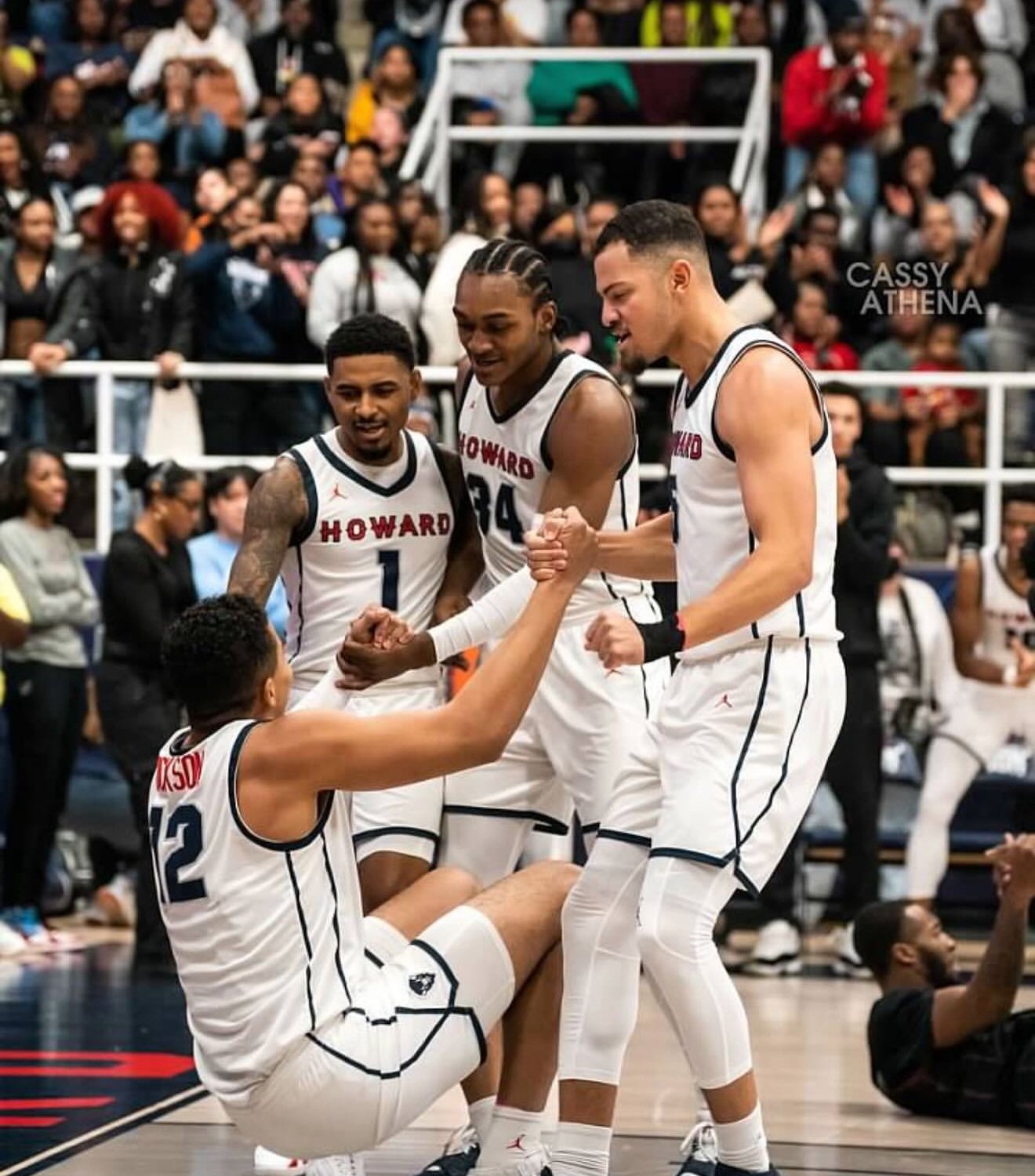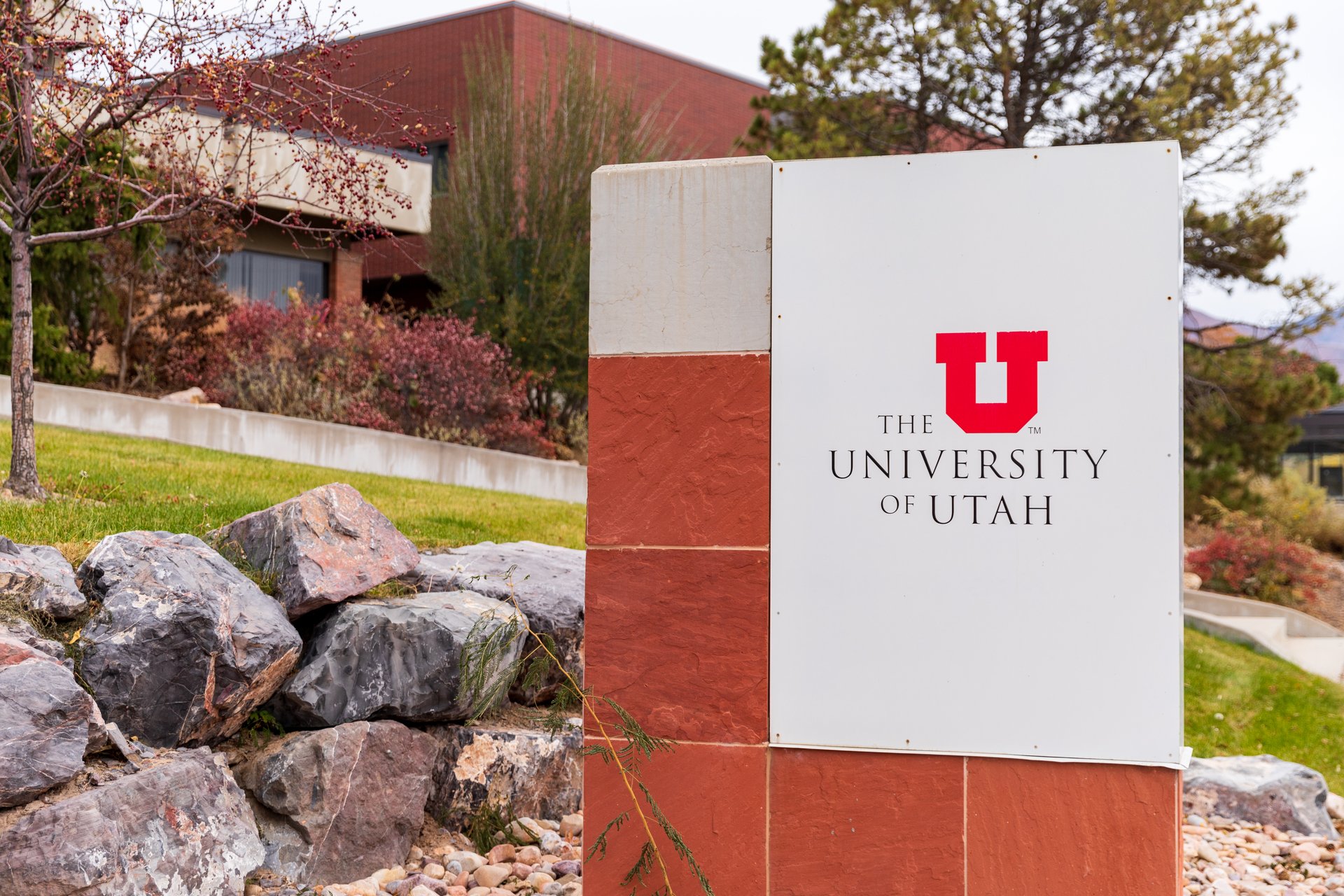Good morning, and thanks for spending part of your day with Extra Points. As you probably know I’m in Brazil looking for the lost city of El Dorado…and seeing my family. Today I’m turning the newsletter over our friend, Sam Ehrlich, with a two part series on eligibility lawsuits.
Vanderbilt quarterback Diego Pavia pulled off two upsets in 2024.
The first came on the field, when he led the Commodores to a shocking win over No. 1-ranked Alabama, arguably knocking the Crimson Tide out of the College Football Playoff.
The second came a month later in a Nashville courtroom, when Pavia was granted an additional year of eligibility to play at Vanderbilt — a legal victory that could reshape college sports far more than any win on the field. By my count, since the Pavia decision, there have been 25 new lawsuits involving 31 different athletes. Some have been successful. Some have not. Many others are still pending — and through it all, one thing has become painfully clear: The courts have been wildly inconsistent, leading to widespread confusion for athletes, coaches and compliance departments.
In 2024, Pavia was a fifth-year senior playing in his first (and, per NCAA rules, only) SEC season after two at junior college and two at New Mexico State. Motivated in part by his breakout year at Vanderbilt, Pavia felt it was unfair his two junior college seasons should count the same as those played in the SEC, where his exposure and accompanying NIL opportunities were dramatically higher. In a lawsuit, his legal team framed the issue as a violation of antitrust law: The NCAA’s eligibility rules, his lawyers argued, placed unfair restraints on players’ abilities to participate in the college sports labor market — and disincentivized athletes from attending JUCO programs, to the harm of JUCOs.
To the surprise of many, Chief Judge William L. Campbell Jr. of the U.S. District Court for the Middle District of Tennessee agreed. Finding Pavia had shown a strong likelihood of success on the merits of his antitrust claim and clear potential irreparable harm if he were not allowed to play, Judge Campbell granted Pavia’s motion for a preliminary injunction, forcing the NCAA to allow him to play the 2025 season.
Judge Campbell’s ruling has led to significant debate about the limiting principle of his decision — i.e., does this mean we’ll get 30-year-olds playing college football? It’s also sparked confusion. Unlike other high-profile litigation in college sports, Pavia’s case was filed individually, not as a class action. This means the injunctive relief applied to him alone, leaving thousands of athletes in similar situations wondering why their cases were any different.
Anticipating a flood of incoming copycat lawsuits, the NCAA responded not only by appealing the decision but also by issuing a blanket waiver for ex-JUCO athletes in the same position as Pavia. But the “Pavia waiver” was drawn narrowly, applying only to athletes who, like Pavia, had not taken a redshirt season and thus remained within their overall five-year window. Players who redshirted — and whose five-year eligibility clocks have run out — are still out of luck.
As a result, the Pavia waiver has only led to more confusion, more upset feelings … and more litigation by athletes who don’t benefit but feel they have compelling cases, which has resulted in uneven rulings and even more confusion. And with real money on the table — thanks to NIL deals and the looming revenue-sharing model — these aren’t just questions of fairness and playing time. They have major financial implications, with many athletes pleading potential losses of six or seven figures.
So how are athlete-plaintiffs seeking to build on the legal precedent Pavia set? Most are seeking to extend it in three different directions: to players who used a redshirt year, to players who spend time in Division II and to players who played four seasons of Division I ball and never used a redshirt.
Let’s break down those arguments:
Subscribe to Premium to read the rest.
Become a paying subscriber of Premium to get access to this post and other subscriber-only content.
UpgradeA subscription gets you:
- FOUR newsletters a week
- Access to every single article in our archives
- Access to Athletic Director Simulator 4000
- Free digital copy of the What If? ebook
- TWO MONTHS FREE compared to monthly pricing



















